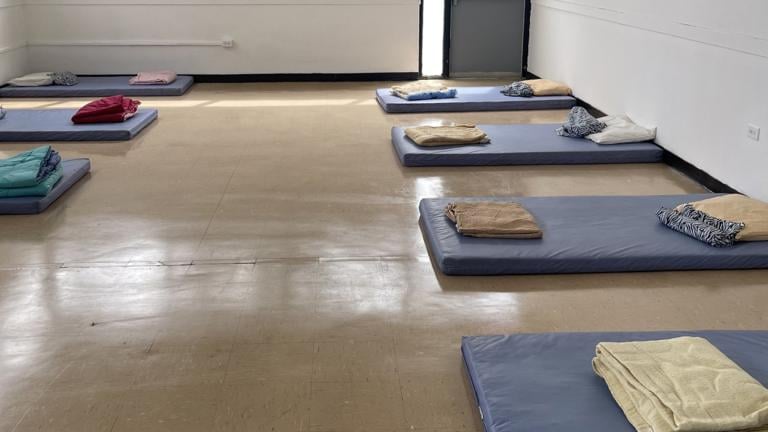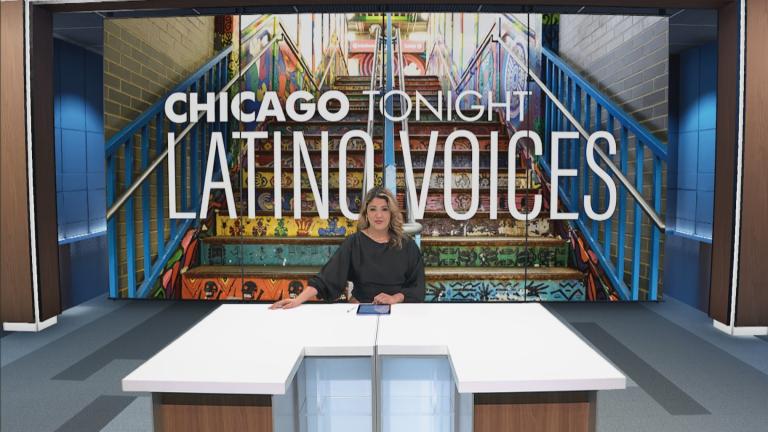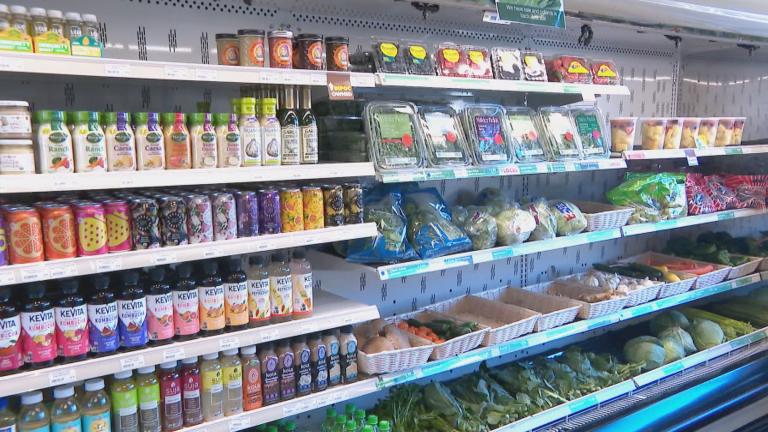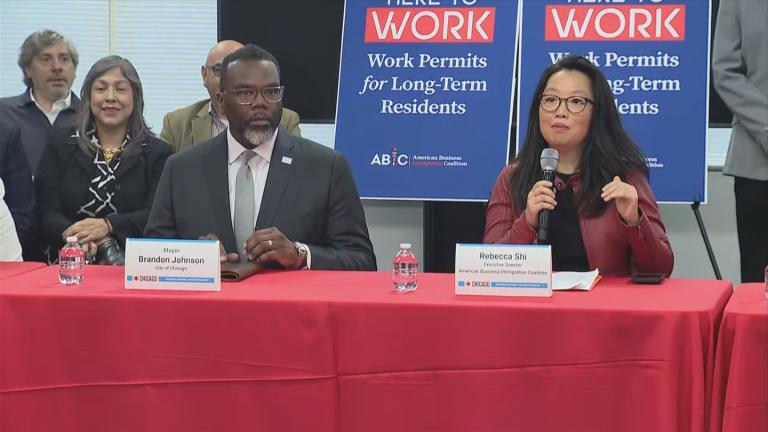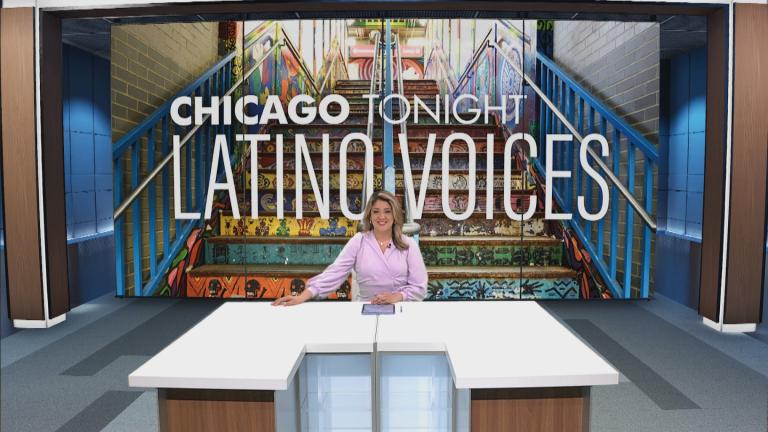Chicago’s Public Health Department recently rejected a permit for a metal shredding and recycling operation on the city’s Southeast Side, a decision Chicago Public Health Commissioner Dr. Allison Arwady termed “the appropriate course.”
“We found that in an already overburdened community there were some increased risks to the environment, to human health and quality of life, as well as a history of some problems with compliance with existing regulations,” Arwady said.
In the wake of that decision, environmental justice advocates say now is the time for the city and industrial leaders to work together and find ways to meet the needs of both the community and corporations.
Gina Ramirez, activist and Midwest outreach manager with the Natural Resources Defense Council, said one lesson to be learned from the decision is that concentrated industry is simply incompatible with densely populated areas.
“I think the city needs to look specifically at the south and west sides of Chicago which bear the brunt of the burden of pollution,” Ramirez said. “I think that the city needs to take their time, do health impact analysis like they did for the Southeast Side, and really consider community input when making such huge decisions that impact the quality of life and quality of health of these residents.”
Dr. Teresa Cordova, director of the Great Cities Institute of the University of Illinois, believes the case is an outcome of historic land use policy in Chicago.
“We [need to] start thinking about what is going to be our policy towards manufacturing and what is our policy going to be around land use as it relates to manufacturing,” Cordova said. “Because part of what happened in this instance, where the conditions were right for the denial — more and more industry has been concentrated in an area that was already burdened and less and less industry and less and less zoning for industrial activity, including manufacturing activity, is available in other parts of the city.”
But it would be a mistake to dismiss the need for jobs with low barriers to entry, said Erica Swinney Staley, executive director of Manufacturing Renaissance. She believes this presents the opportunity to be forward-thinking on how industry can fit in Chicago.
“I think in a big metropolitan area like Chicago, we need to make things, we need good jobs, we need wealth building opportunities … Let’s be proactive as a community, as a city, as an industrial developer, as environmentalists. Let’s actually plan this out,” Staley said. “I think the city of Chicago can now step into a leadership position to say, hey, let’s figure out the right way to do industrial development that takes into the account the values of our communities, environmental issues, the need for education and training such that folks who live in these communities can actually work in these advanced green technology industries that we might want to incentivize to come to any community in Chicago. So I think this is an opportunity for us to do it the right way.”
Ramirez looks to the Method plant in Pullman as an example of ‘the right way.’
“It’s a good quality job, doesn’t have a lot of outputs that impact quality of life and human health,” Ramirez said. “We are a working-class community, we pride ourselves on that and we do want jobs, but we don’t want jobs at the expense of our health. And so it’s important to have a seat at the table when talking to industry, when they’re making plans that impact future generations. We need community benefits in place, and we need to realize the 21st century vision for the Southeast Side.”
Cordova said that one often-cited reason for placing industrial operations in residential neighborhoods – the idea that doing so allows workers to live near their jobs – isn’t borne out in her research.
“When we talk about the presumed benefits of these kinds of industries, with respect to jobs, it isn’t showing itself for those people who live there,” Cordova said. “And in fact, the data is also showing that people commute — the majority of people who work in that area commute relatively long distances to come to work in that area. So, what you end up with is people having to deal with the health impacts without getting any of the employment impacts.”
“We can’t just rely on just the entrepreneurial spirit — industrialists to come in with a great idea. Any development moving forward has to be in context of the Green New Deal,” Staley said. “Climate change is here, and we need to adjust our development priorities accordingly ... make investments in education and training … incentivize people to actually learn the skills and get the education to be leaders in the STEM fields … We can choose to go in this direction, but we have to do the planning.”

